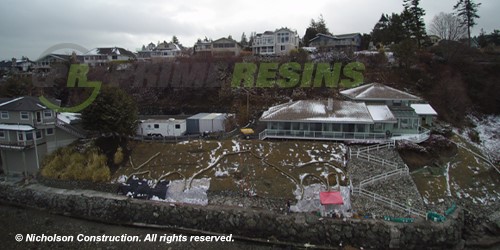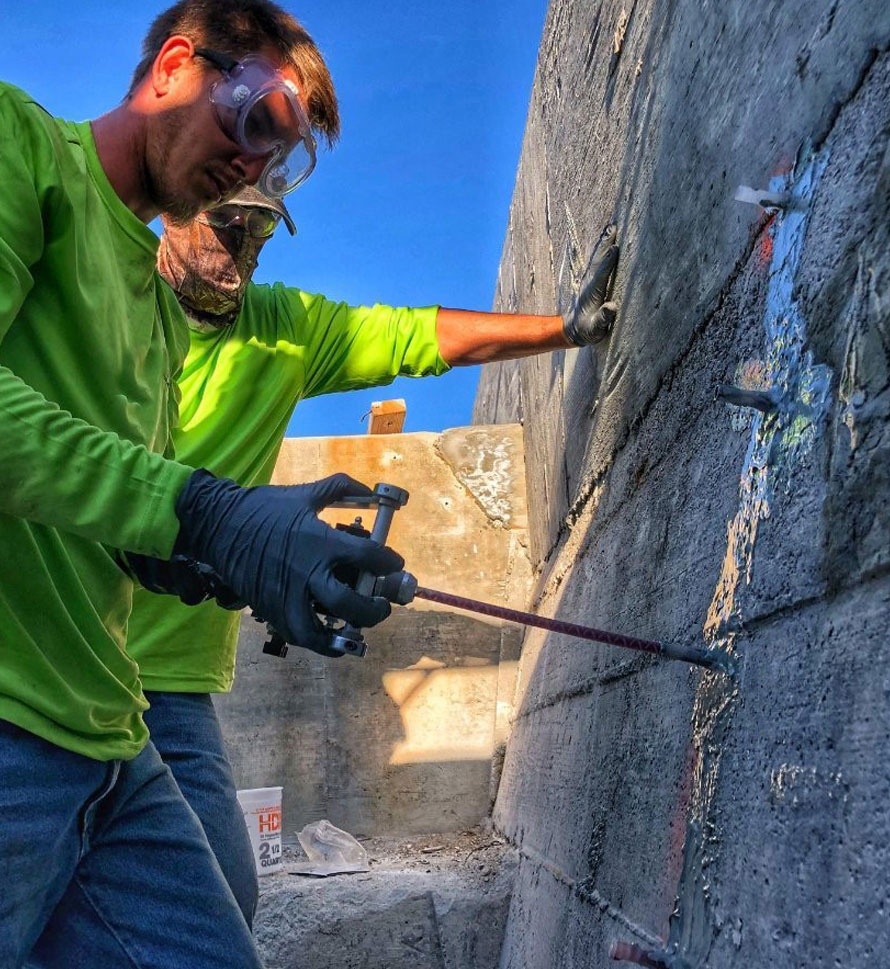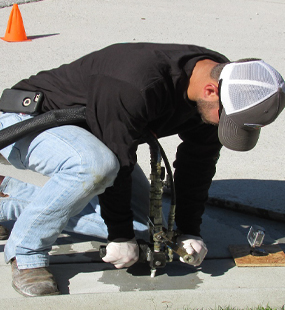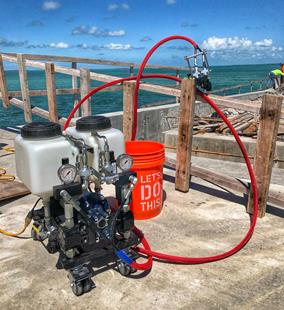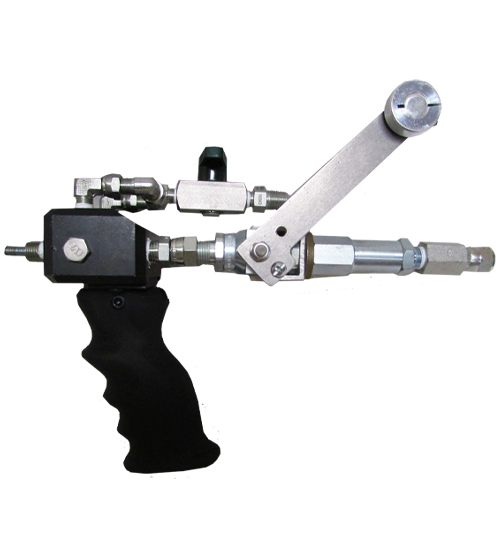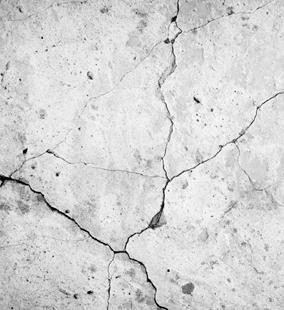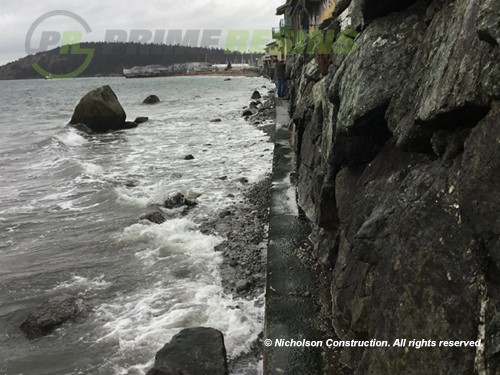
- Home
-
Solutions
-
Leak Seal
Seal leaks in concrete or masonry with crack injection and curtain grouting of our Prime Flex polyurethanes and AR acrylate resins. Prime Resins offers superior solutions for stopping leaks in every type of environment.
Read More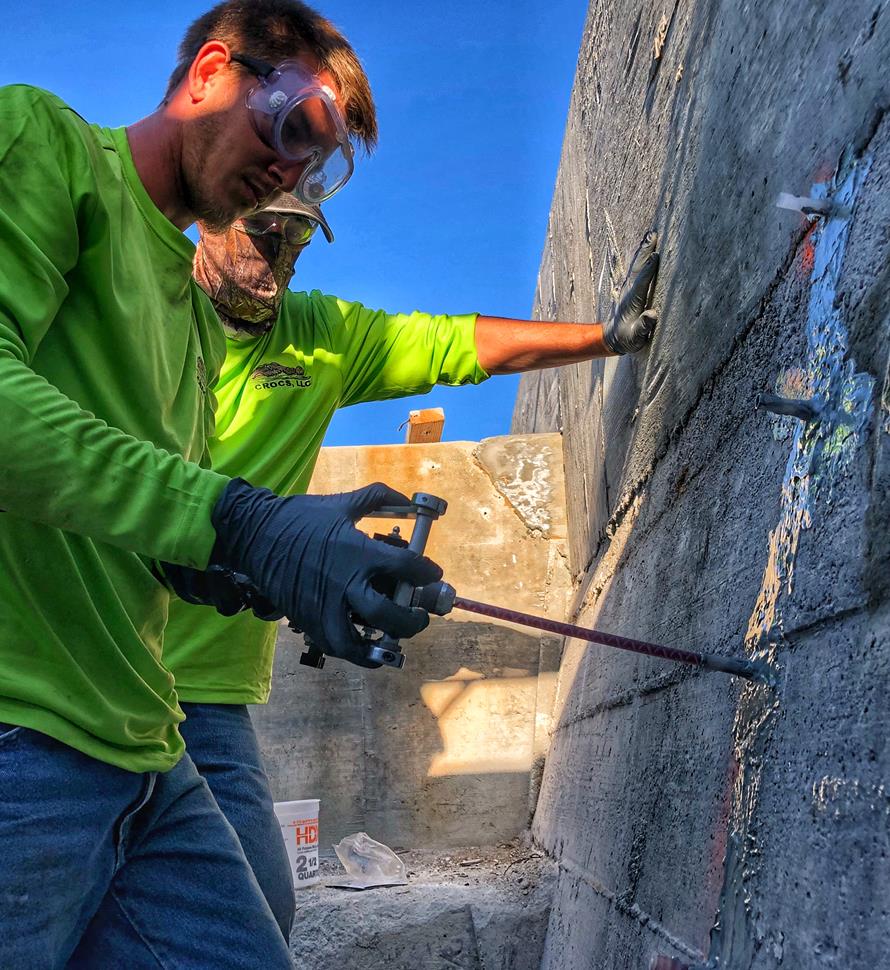
-
Soil Stabilization
Sound concrete relies on a sound substrate. Stabilize soils and fill voids with our polyurethane and acrylate foams and gels. We make chemical grouts for permeation and compaction grouting in wet and dry conditions.
Read More
-
Slab Lifting & Stabilization
Slab lifting and slab stabilization with polyurethane foams offers many advantages over traditional mudjacking. Only Precision Lift is engineered to tackle underlying issues and slab lifting with precise, dependable results.
Read More
-
Floor Repair & Joint Protection
Spalled concrete is concrete that is chipped, cracked and deteriorating. This often happens at a joint.
Read More
-
Seawall Repair
You can repair a seawall or bulkhead with Prime Resins chemical grouts: fill voids, stabilize loose soil and seal leaks at a fraction of the cost of wall replacement.
Read More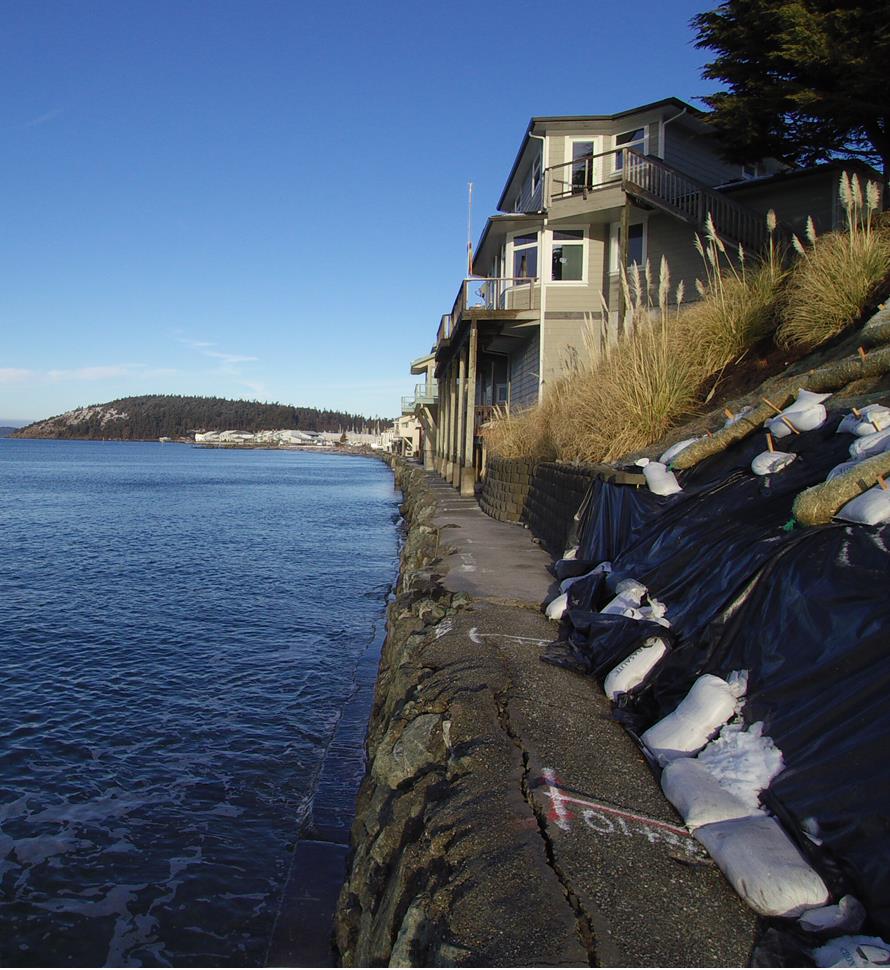
-
Structural Repair / Bonding & Anchoring
The need for crack repair in concrete structures can be caused by many different factors. Damage can occur to the concrete in situations where direct impact puts stress on one area of the structure.
Read More
-
Highway & Bridge
The geotechnical needs of DOTs and other agencies responsible for roads and bridges are vast. Issues include: Culvert repair Soil stabilization Void filling Concrete slab lifting Sinkhole remediation Slope control Slough control in tunneling
Read More
-
Waterproofing & Secondary Containment
Protecting concrete usually means shielding it from the elements of nature or from harsh manmade chemicals. But it’s not just concrete that needs such protection. Corrugated metal pipe, steel surfaces, material hoppers, rail cars and masonry all can come in contact with corrosive or abrasive materials or harsh conditions.
Read More
-
Leak Seal
-
Products
- Leak Repair
-
Soil Improvement
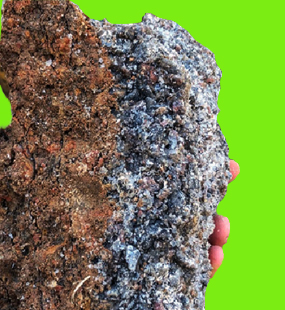
- Soil Stabilization
- Slab Lifting
- Structural Repair / Bonding & Anchoring
- Pumps
- Dispense Guns & Applicators
-
Turnkey Trailer Rig
Are you ready to hit the ground running doing concrete leveling with polyurethane foam? Prime Resins offers the industry’s best suite of products for lifting concrete as a turnkey, fully equipped trailer rig.
Read More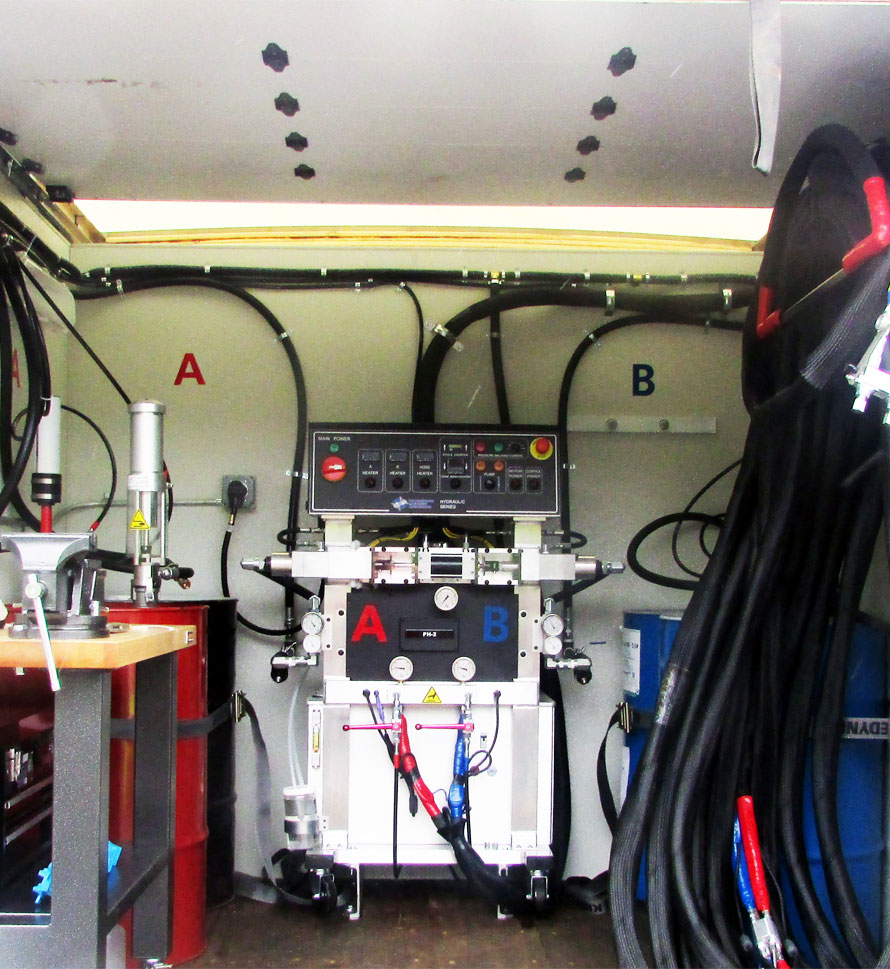
-
Accessories (General)
- 3/4" expendable drive point
- 3/8" and 3/4" soil probes
- Cartridge / Port Connectors and Mixers
- Conduit Seal Kit
- Eco Flush
- F Valve
- Flush Wand
- Grout Needle Kit
- High Pressure Control Valve
- High Pressure Mechanical Ports
- Kick Fast
- Low Pressure Plastic Ports
- PR11 TEA (used w/ PR10 ACLM)
- PR12 APSF catalyst (used w/ PR10 ACLM)
- PR17 LYTX
- Prime Kat
- Prime Plug
- Prime Solvent CGC
- Oakum
- Soil pipe jack
- Stainless Steel Grout Needle & Kit
- StainShield
- Wall Stinger Nozzle
-
Soil Grouting Accessories
- Pipe Coupler
- Pipe Coupler Ferrule
- Buttonhead Coupler - Straight
- Buttonhead Fittings
- SG 3/4" Expendable Drive Tip
- SG 3/4 Rod - 39" Base
- SG 3/4 Rod - 39" Connector
- SG 3/4 Rod - 19.5" Base
- SG 3/4 Rod - 19.5" Connector
- SG 3/4 Fitting - Pipe to Buttonhead
- SG 3/4 Fitting - Buttonhead Fitting
- IL 1/2" Drive Point
- IL 1/2" rod - 39" base
- IL 1/2" rod - 39" connector
- IL 1/2" Fitting Buttonhead
- SG 3/4" Fitting - Buttonhead Coupler
- SG 3/4" Slotted Drive Tip
- SG 3/4 Drive Head
- Modified Pipe Jack Soil Grouting
- SG 3/4 Fitting - Buttonhead Coupler
- Pagani DPM30 Penetrometer
- IL 1/2" Fitting - Buttonhead to Connector Rod
- IL 1/2" Rod to Rod Coupler Fitting
- High Pressure Flow Control Valve
- Buttonhead Coupler - 90°
- Buttonhead Clamp Kit
- DPM30 Penetrometers
- Floor & Joint Repair
- Waterproofing & Secondary Containment
- News
- Downloads
-
Tools
-
Case Studies
Prime Resins takes pride in its ability to find the right solutions to the problems facing our customers. Here are some examples of customers’ successful jobs:
Read More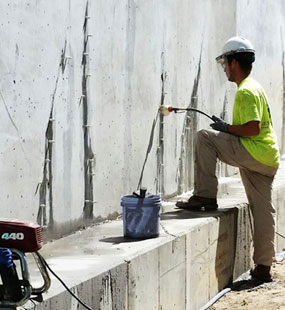
-
Prime Practices
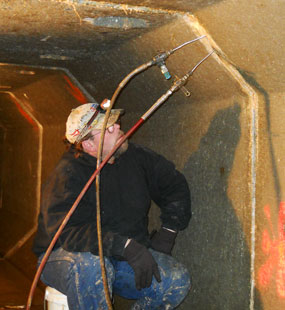
-
Videos

-
Estimating Tools & Info.

-
Why us?
The superior quality of products at a fair price, our consultative approach, and our unparalleled technical support set Prime Resins apart. Learn more about the Prime difference.
Read More
-
Product Types & Typical Uses
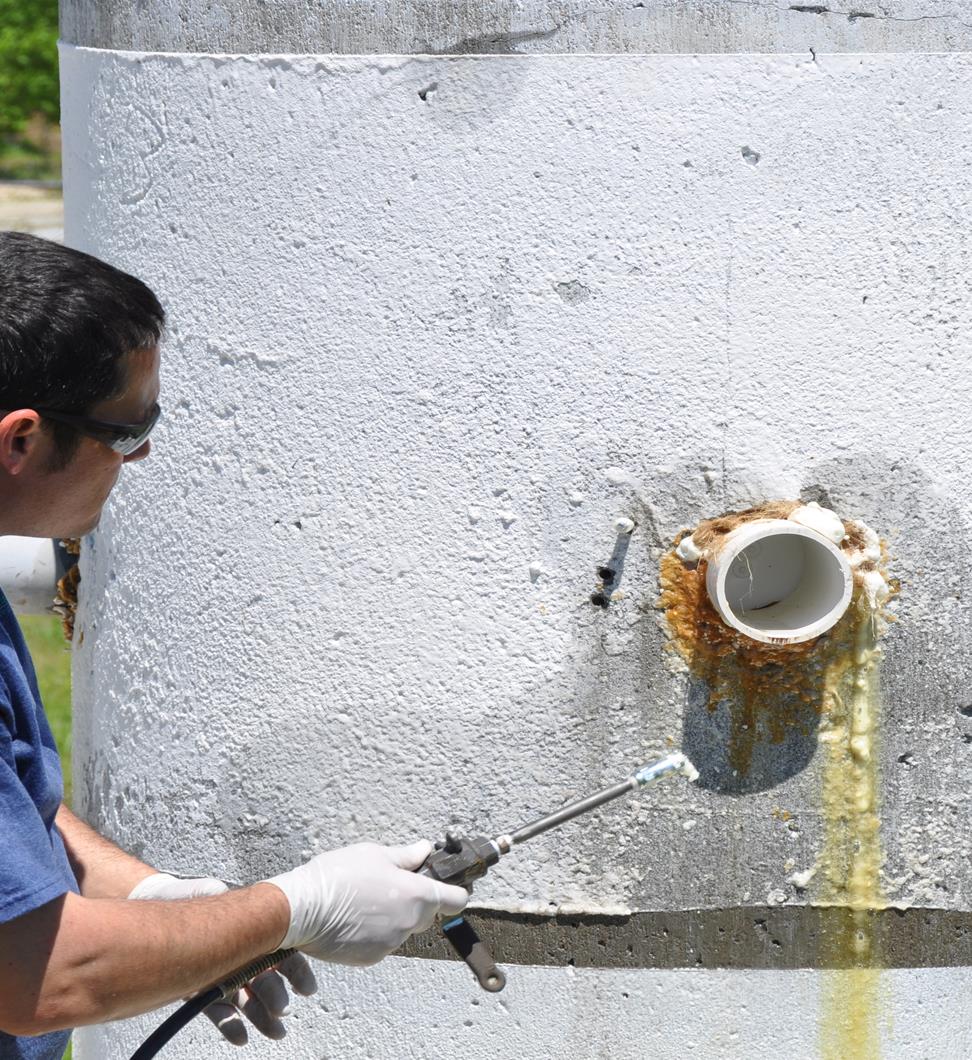
-
Looking for a contractor?
-
Certifications
-
Podcasts
-
Case Studies
- Contact
Case Studies- Seawall Repair Pages
Rock Seawall Saved With Polyurethane Foam
Client: Private homeowners
Contractor: Nicholson Construction
Problem:
A row of multi-million-dollar homes sits atop a boulder seawall on Padilla Bay in Anacortes, Washington. Time and tide had taken their toll, resulting in cracks in the wall and its concrete footer. Visible gaps appear in the wall directly below at least one balcony support post.
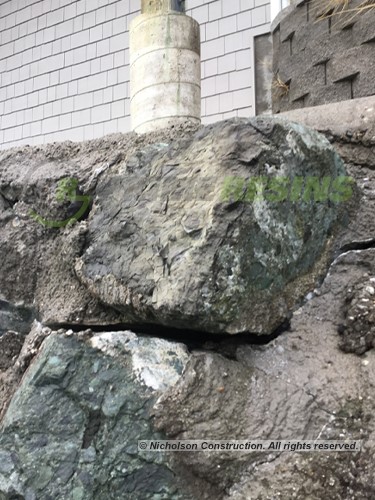
Research by one of the homeowners led him to Prime Resins. He called Prime Resins to discuss chemical grouting options to repair the failing seawall below his and his neighbors’ homes. His research led him to believe that chemical grouting was the best option to repair the stone seawall with significant cracks and voids. He believed the weight of cementitious fill would aggravate settlement issues and put too much pressure on the cracked wall.
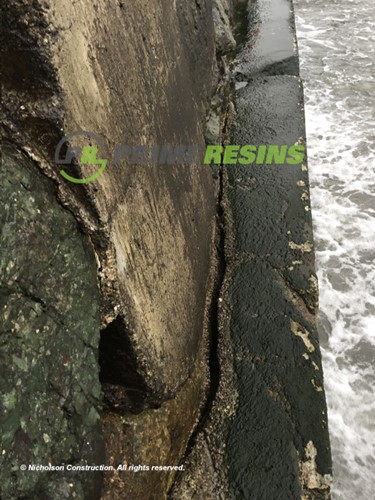
Solution:
Prime Resins reps worked with him and his engineer to craft a solution: fill voids, seal cracks and stabilize soil with injection of Prime Flex 920, a hydrophobic structural polyurethane foam. Given the location on Padilla Bay, they opted for a product proven to meet NSF/ANSI Standard 61 for contact with potable water. Next, Nicholson Construction out of California, with experienced chemical grout technicians, signed on to the project.
Five homeowners, with houses directly atop the seawall, joined together in the project. Challenges included:
- limited access to the location at the bottom of a bluff,
- sometimes tough work conditions from the weather, and
- the need to work during low tide.
Surprises
Work on the site revealed voids as deep as six feet. Three sources caused erosion: cracks in the wall face, surface rainfall, and roof drains from the homes that emptied behind the wall.
What They Did
Nicholson fixed the roof drains to properly empty away from the seawall. The polyurethane sealed the cracks in the wall that allowed soil to wash away due to rain or tidal flow. To further increase the strength of the cured foam in the largest voids, the Nicholson crew filled spaces with a gravel and sand mixture then permeated that with the Prime Flex 920. The resin cures quickly to a rock hard, watertight mass. In addition, it does not require heating, an important consideration given the chilly environment and difficult site access. Over eight weeks, the Nicholson crew injected 500 feet of wall with 6300 gallons of Prime Flex 920.
Outcome
The project was a success. The initial homeowner wrote: “I cannot think of any other way we could have repaired our seawall using conventional construction methods…[The] crew completed the work in a timely fashion even in light of the serious problems revealed only after work started. [The project superintendent] sorted out the root cause of several large voids behind the wall on our property, and in each case, he worked out a solution to the underlying problem instead of simply filling the voids.”
